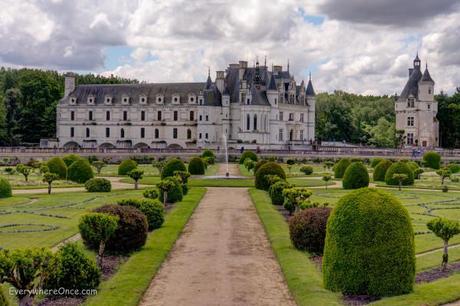
Château de Chenonceau
With hundreds of châteaux dotting France’s sprawling Loire Valley, finding one is easier than shooting fish in a barrel. Choosing which of the magnificent dwellings to visit, and which to leave for another time, is a far harder task. Here’s how we managed to decide.
Ask Your B&B Host
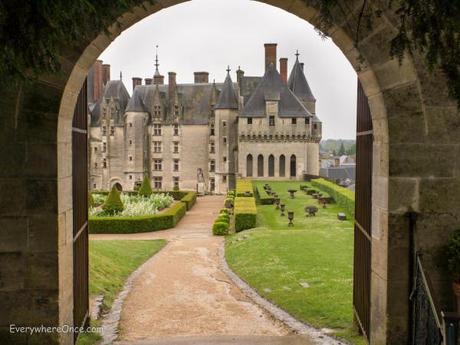
Our enthusiastic host, Danny, took a seat at the breakfast table each morning brimming with advice on exploring castle country. Our first morning in the Loire, as rain poured from the sky, he suggested we head for the Château de Langeais since the interior is more the main draw than the grounds.
The dreary day magnified the dark, imposing look of the château, which rises above the town of Langeais. The inside is richly decorated with sumptuous fabrics and tapestries cozying up the stone rooms, one of which was the scene of a royal wedding. On December 6, 1491, Anne of Brittany tied the knot with King Charles VIII, uniting her home territory and France.
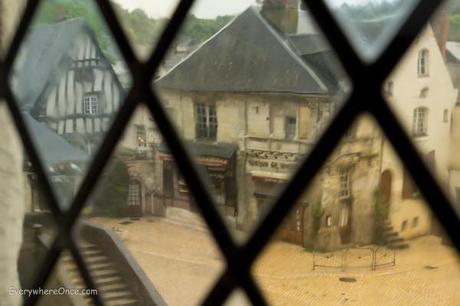
Don’t Ask Your B&B Host
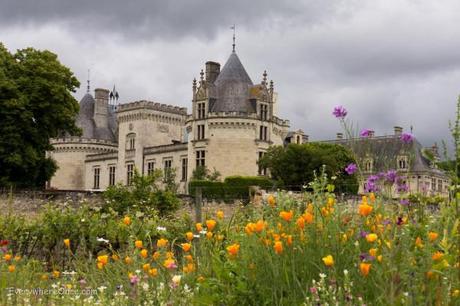
One morning we showed up at breakfast with the day’s plans already in place: catching up on work. But our resolve was no match for Danny’s powers of persuasion. His recommendation: Château de Brézé.
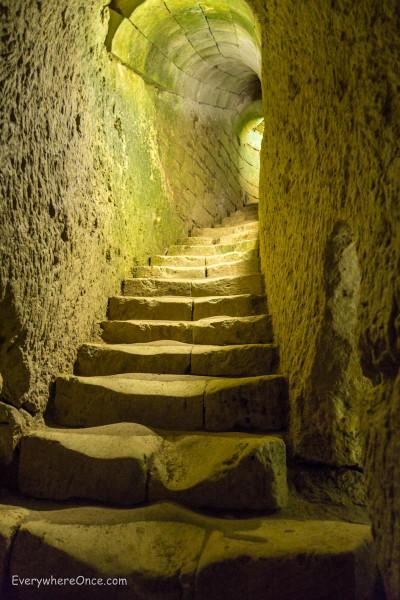
A picture-perfect castle appeared in front of us as we drove up a rose-lined road bordered by vineyards. But what makes this unique among Loire properties is what you can’t see at first. Beneath this Renaissance-style castle is an underground fortress occupied by the lords of Brezé during the Middle Ages and one of the largest of its kind in Europe.
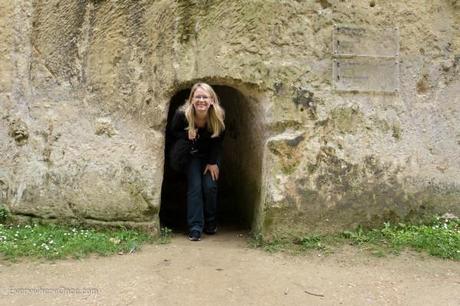
This subterranean world is accessed via the deep, now-dry moat encircling the castle. A network of stone-carved tunnels, open for exploration, leads through chambers, up and down staircases, and into what were once storerooms, kitchens, a cathedral, and stables.
Take the Back Roads
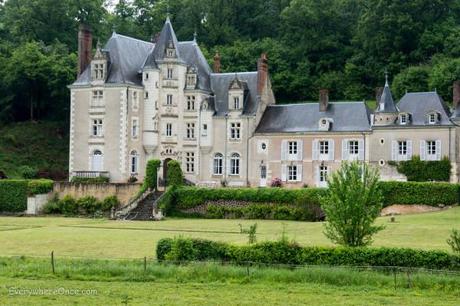
Most of the châteaux in the Lorie Valley are closed to tourists, but that doesn’t mean you can’t see them. You just can’t get inside. Not without being arrested anyway. Get off the main roads as you drive between the commercial châteaux, and you’ll undoubtedly cross several other private castles along the way.
Seize a Second Chance
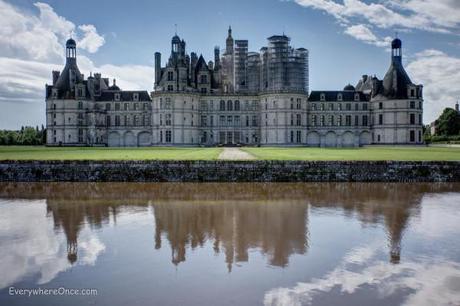
Time ran short during our first trip to the Loire Valley and, regretfully, we crossed the Château de Chambord off the list of sites to see because of the hefty travel time from where we were staying.
Built as a hunting lodge for King Francis I, the showy property is impressive in size and scope, although scaffolding covered a good portion of the exterior and prevented us from getting the classic panoramic shot of the chateau.
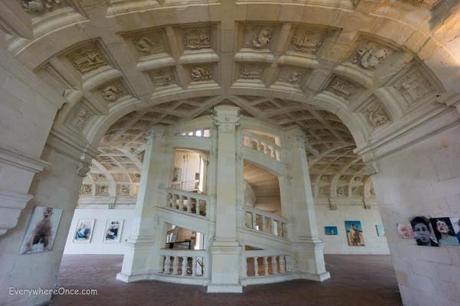
While marred from afar, up close the castle has plenty of interesting architectural details to make up for it. A distinctive feature in the center of the châteaux is a double helix staircase similar to one sketched by Leonardo da Vinci. Two people ascending or descending the stairs at the same time can catch glimpses of one another but won’t ever cross paths. We gave it a try and yes, it really works.
Outside on the elevated terraces and ramparts, the best view was had by looking up at the abundantly decorated spikes and spires.
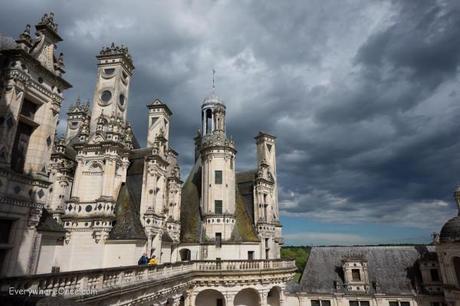
Revisit a Favorite
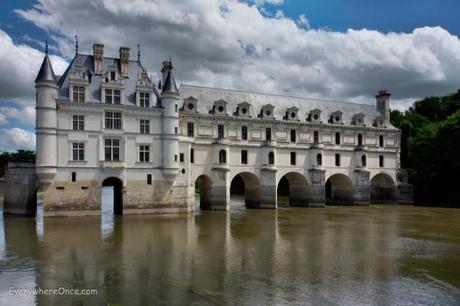
Nearly fifteen years after I first laid eyes on Chenonceau, it was still vivid in my mind—the bridge cascading across the Cher River; formal gardens created by rivals Diane de Poitiers and Catherine de Medici; and the motif of tears decorating Louise of Lorraine’s bedroom, shining against the black walls of the chamber where she mourned her husband’s untimely death.
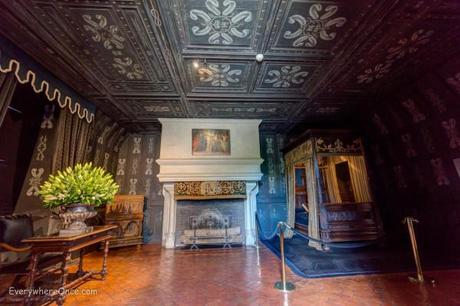
There was no question we would revisit Chenonceau. A hypnotic pull drew us back, and visiting a second time was no less enchanting. The castle perches delicately, dramatically on both land and water. Its impeccably restored interior teems with tapestries, carved furnishings and ceilings, and elegant touches like fresh flower arrangements customized for different rooms.
In the Valley of Kings, this château was shaped by women. Aristocrat Katherine Briçonnet shepherded Chenonceau into being, having a heavy hand in the design and overseeing much of the construction while her husband was off to war. The castle was later gifted, in 1547, from King Henri II to his mistress, Diane de Poitiers, who added the multi-arched bridge to reach hunting grounds on the far side of the river.
Next in residence was Catherine de Medici, Henri’s widow, who spitefully sent Diane packing. The queen regent added a windowed gallery along the entire expanse of the bridge, using the space for royal receptions and cross-dressing balls. A later lady of the house, Madame Dupin, hosted the likes of Voltaire at literary salons and saved the castle from destruction during the Revolution, claiming the bridge, the only one across the river for miles, was essential to travel and commerce.
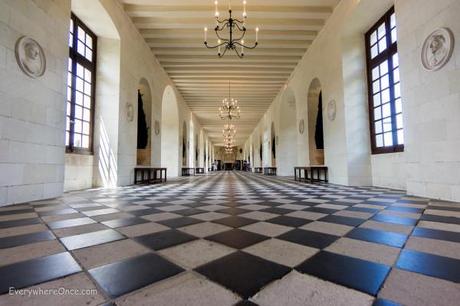
In more recent history, Catherine’s gallery saw action during both world wars. It was transformed into a military hospital during World War I and served as an escape point in World War II. The River Cher was a dividing line between the Nazi-occupied zone and territory held by the French.
Chenonceau is hardly a secret and popular for good reason. If you can visit only one château while in the Loire Valley, make it this storied place. We’ll be back again the next time we’re in castle country.

